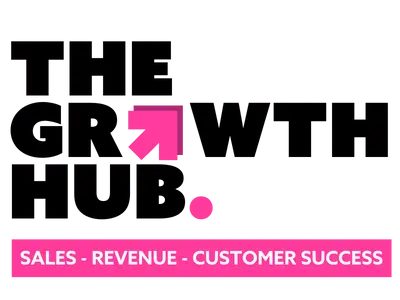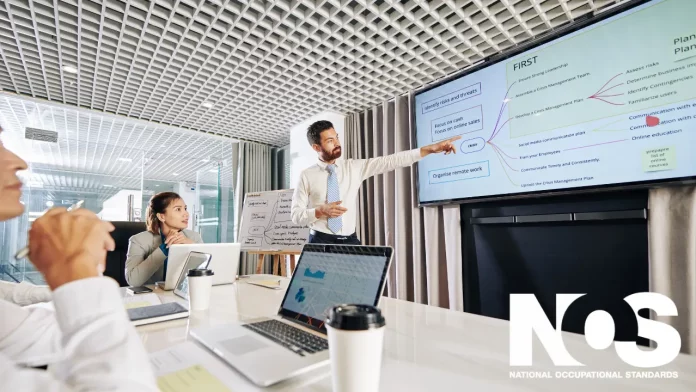National Occupational Standards (NOS) and the associated Apprenticeship Standards offer a comprehensive framework to guide the development of a corporate sales strategy.
By aligning organisational sales development goals with industry-recognised competencies, skills, behaviours and knowledge, companies can create a structured and effective approach to achieving sales objectives.
Here’s how to utilise National Standards to build a robust sales strategy:
1. Assess Organisational Needs
Begin by evaluating your organisation’s current sales practices, workforce competencies, and strategic goals. National Standards provide detailed benchmarks for key sales functions, such as customer engagement, negotiation, and closing techniques. Use these benchmarks to identify gaps in your team’s skills and areas where improvements are needed.
2. Define Clear Objectives
National Standards inform performance criteria and measurable outcomes for sales activities. These support the setting of strategic objectives, such as:
- Increasing market share.
- Enhancing customer retention.
- Improving conversion rates.
By tying these objectives to National Standards, companies help sales staff to align their personal development to the wider corporate goals.
3. Design Role-Specific Training
National Standards outline the competencies required for different sales roles, from entry-level to senior positions. Use this information to create tailored training programmes that address the specific needs of your sales team. For instance:
- Sales Executives: Focus on customer needs analysis and presentation skills.
- Account Managers: Emphasise relationship management and long-term planning.
- Team Leaders: Develop leadership, coaching, and performance management skills.
4. Integrate National Standards into Recruitment and Onboarding
Use the competencies in National Standards to develop role profiles for recruitment. During onboarding, introduce new staff to the standards aligned training and assessment programmes. This ensures that they understand expectations and are equipped to perform effectively from the outset.
5. Monitor and Evaluate Performance
National Standards support the development of measures for sales performance. Use these to develop Key Performance Indicators (KPIs) and assess individual and team performance regularly. Incorporating National Standards ensures that evaluations are fair, consistent, and aligned with industry best practices.
6. Adapt to Market Changes
The sales landscape is dynamic, influenced by market trends, customer behaviour, and technology. National Standards are periodically updated to reflect these changes, ensuring that the competencies they define remain relevant. Regularly review your sales strategy against the latest National Standards to keep your approach current.
7. Foster Career Development
National Standards are linked to nationally recognised qualifications, such as SVQs or apprenticeships. Incorporating these into your strategy supports professional development, enhances employee retention, and strengthens your team’s commitment to the company.
8. Embed Ethical and Legal Standards
Ethical selling practices and compliance with legal standards are integral parts of the standards. Use these to define policies that guide your team’s behaviour, building trust with customers and protecting the company’s reputation.
Conclusion
Building a corporate sales strategy based on National Standards ensures alignment with industry benchmarks and best practices. This structured approach not only enhances workforce competency and performance but also drives sustainable business growth. By leveraging standards, companies position themselves to respond effectively to market demands while fostering a skilled, motivated, and professional sales team.




